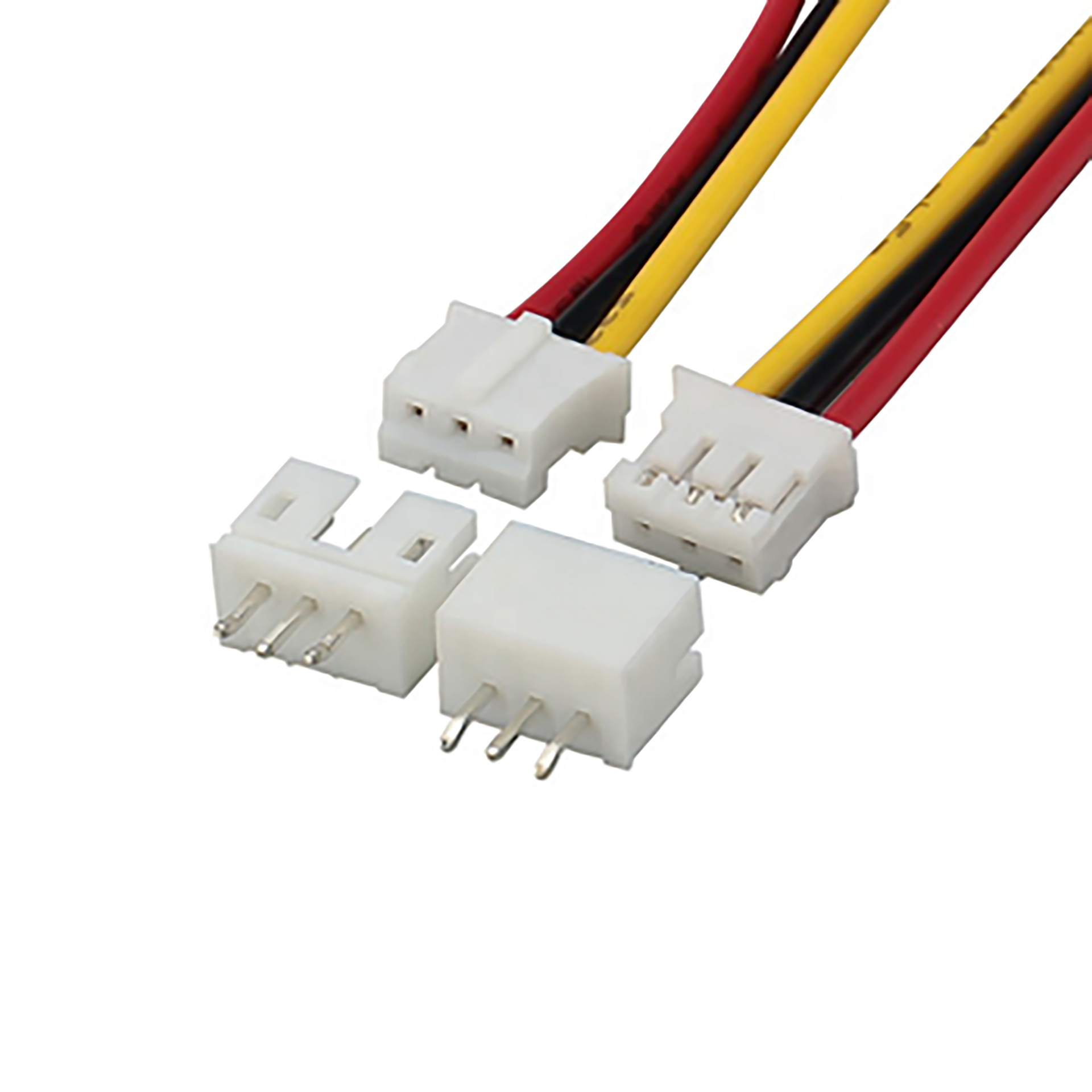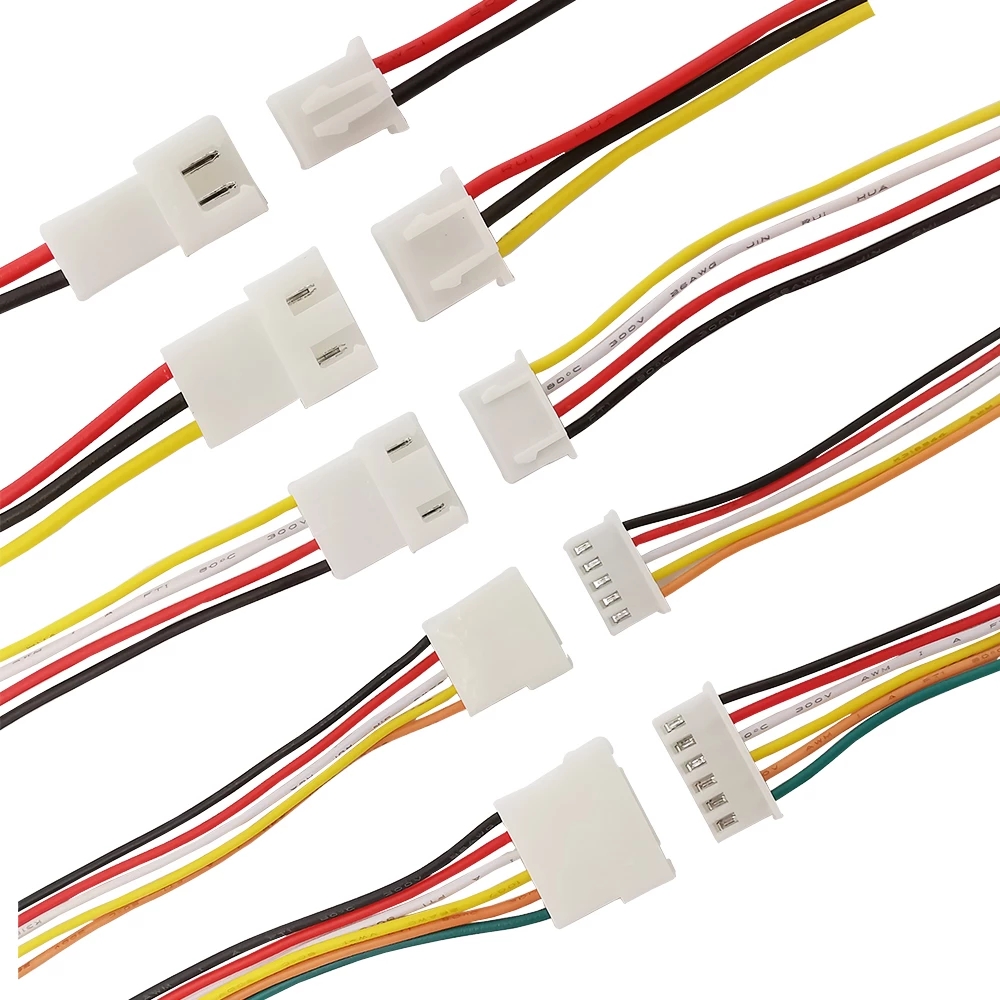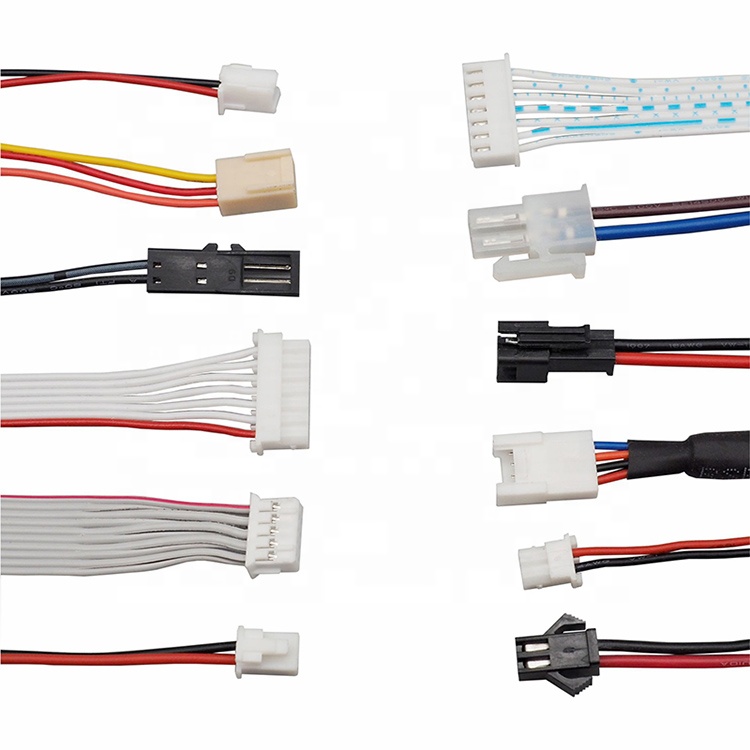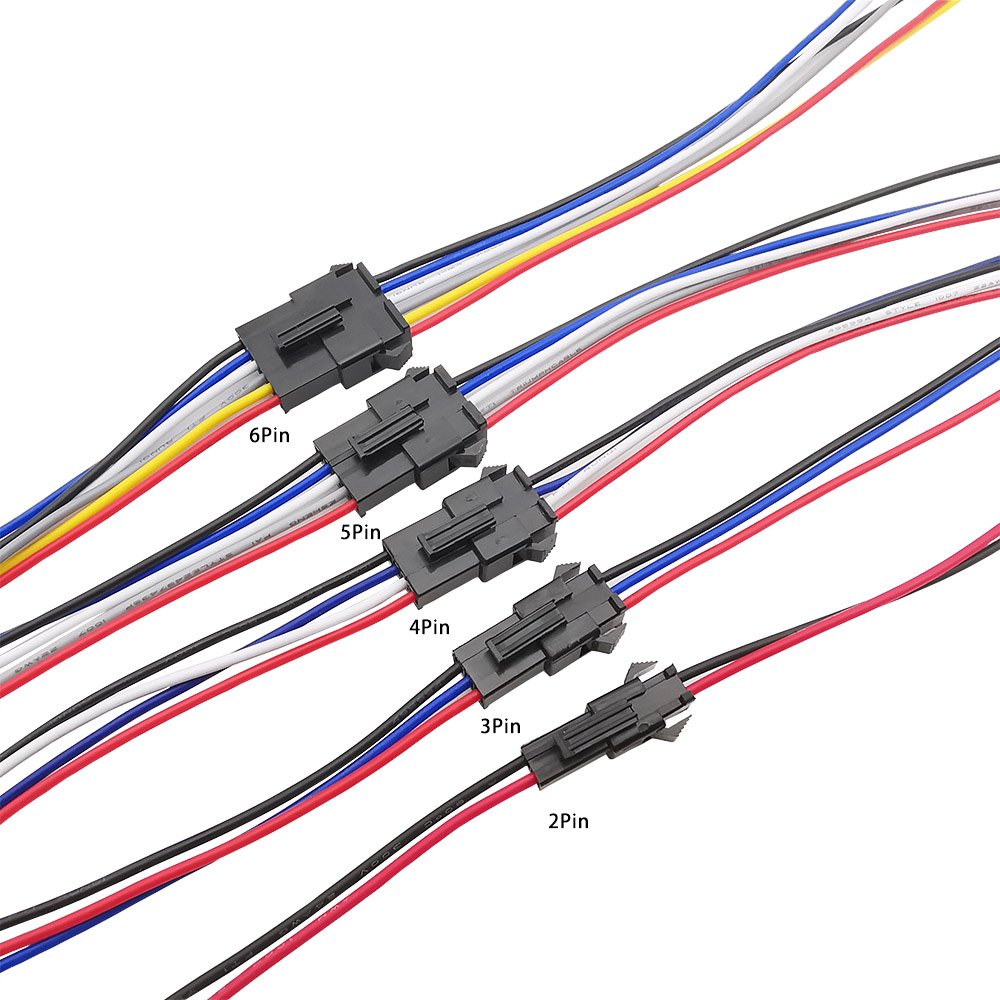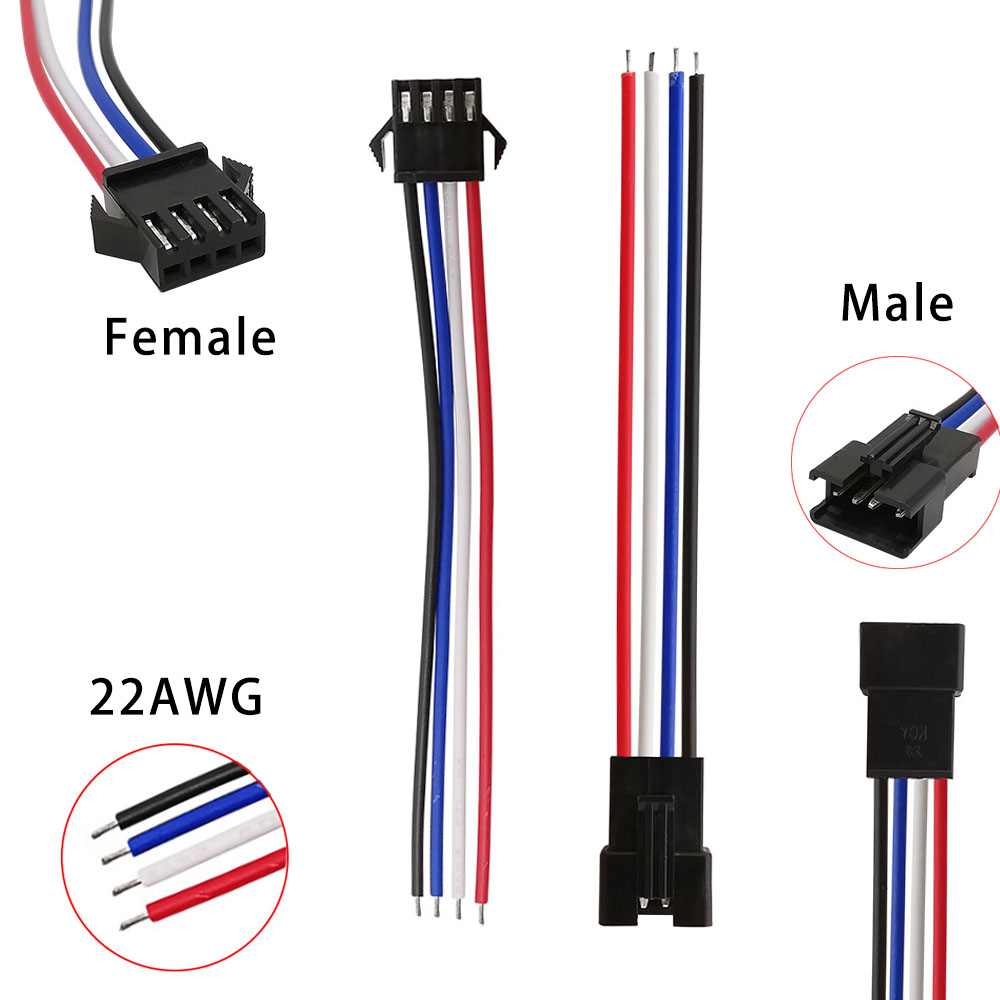
Why Are Wire Harnesses Assembled Manually?
Wire harness assembly process is one of the few remaining manufacturing processes that is more efficiently done by hand, rather than automation. This is due to the variety of processes that are involved in the assembly. These manual processes include: Installing terminated wires in various lengths Routing wires and cables through sleeves and conduits Taping breakouts Conducting multiple crimps Binding the components with tape, clamps or cable ties Because of the difficulty involved in automating these processes, manual production continues to be more cost-effective, especially with small batch sizes. This is also why harness production takes longer than other types


